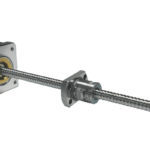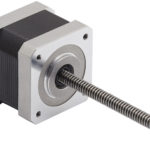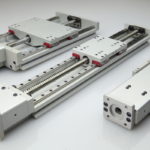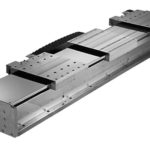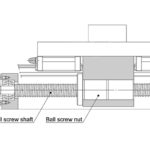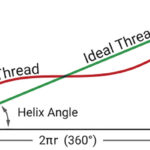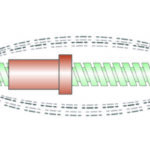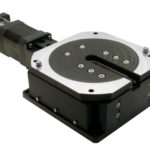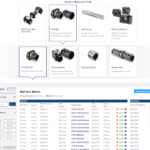Stepper motors are widely used in industrial and consumer applications ranging from packaging equipment and medical devices to 3D printers and vending machines. They have excellent torque production at (relatively) low speeds — especially for a given motor size — and offer high-resolution positioning in a simple-to-use format. These benefits make them well-suited to drive lead […]
Ball + leadscrew driven
What are common applications for hybrid stepper motor linear actuators?
When it comes to electromechanical linear actuators, integrated designs offer space savings, reduced complexity, and lower total cost of ownership with fewer parts required for repair or replacement. One such design that’s found multiple uses in medical, 3D printing, and assembly applications is the hybrid stepper motor linear actuator, which combines a ball or lead […]
Actuator delivers high-performance linear positioning at an affordable price
SCHNEEBERGER Inc.’s new SLA Actuator delivers high-performance linear positioning at an economical price. SLA Actuators use recirculating ball linear guides that ensure smooth motion and high load capacity. They feature a lightweight precision aluminum base, offer easy assembly, and are stackable without additional brackets. The actuators are highly customizable to meet the demands of virtually any precision linear […]
What are some linear motion options for moving multiple loads independently?
From a mechanical standpoint, one of the more challenging applications in linear motion has traditionally been to move two or more loads independently, as is required in some handling, transport, and inspection applications. While using multiple linear systems, or preassembled actuators, is a simple solution mechanically, this option typically requires a significant amount of space […]
How to account for ball and lead screw inertia during system design
When sizing a motion system with a ball or lead screw drive, the first step is to determine the screw diameter and lead that can meet the application requirements for thrust force, speed, and compressive (buckling) loads. Once the screw diameter and lead are determined, the next step is to choose a motor that can […]
Ball and lead screw drunkenness: What is it and when does it matter?
Unlike ball screws, which follow industry standards such as DIN ISO 3408, JIS B1192-1997, or ANSI-B5.48 for accuracy classifications, there are no accuracy standards for lead screws. Instead, many lead screw manufacturers have loosely adopted two of the most common ball screw lead accuracy specifications: lead deviation per 300 mm and lead deviation per revolution. Lead deviation […]
What is ball screw whip and why does it happen?
Ball screws are often the drive mechanism of choice in applications that require high thrust forces with excellent positioning accuracy and repeatability. But one of the drawbacks of ball screw technology is that speed is inversely related to length — the longer the ball screw shaft, the more likely it is to whip, like a […]
What’s the difference between a vertical lift stage and a Z axis actuator?
In many applications that require vertical motion, a Z axis actuator is combined with one or two horizontal axes in a Cartesian or gantry-style arrangement. In these multi-axis configurations, the moved load is mounted to the Z axis via a bracket, creating a moment load that affects not only the Z axis, but also the horizontal […]
The top 10 linear motion articles of 2020
Suffice it to say, pretty much everything about 2020 has been out of the ordinary, and our recap of the top linear motion articles for this year is no exception. For the first time in recent history, only one (1!) of the top 10 articles is about ball or lead screw technologies — a topic that usually […]
New ball screw selection tool streamlines online product selection
Thomson Industries, Inc., has launched a new online selector tool that simplifies and streamlines the purchasing experience for its precision ball screws. The tool helps design engineers zero in on the right part quickly, access a 3D model with just a click, view pricing and lead times, easily share orderable product specifications and take advantage […]

